Wandering in the Lower Sutherland Trail area from the South Golder Ranch Parking Area…
samaniego ridge
A Merry Buster Mountain Christmas – 12/25/2018
Buster Mountain – if it didn’t have a name I wonder how often this spot on the map would be visited – just one of many protrusions on the ribs running west and down from Pusch Ridge. But the question is irrelevant, this rolling hilltop is named for Buster Bailey – probably best know thru Charles Bowden’s Frog Mountain Blues – and the summit register is filled with signatures.
From Frog Mountain Blues, p. 46-47:
He has become a footnote. Up on the mountain, there is a Buster Spring and above Buster Spring rolls Buster Mountain. For the old man this seems a trifle strange. He is Buster Bailey, seventy some years old, a man living in a junkyard with a household bagged at the bump. In a city of half-a-million, he is a ghost. And now they’ve gone and made him into some kind of landmark.
A new bridge over Canada del Oro on the Oracle highway swallowed the land he settled as a boy in 1927. The new Catalina State Park spreading against the north side of the range has entombed the ranches he worked and built in the thirties. Mesquite roots chew the soil of his old corrals, hackberry spreads over the spot where he once put his still, and a bulldozer has sliced off his old house lest it blemish the natural setting.
Frog Mountain Blues was published in 1987 and the details are aging – the city of half-a-million has added hundreds of thousands, nearly double depending on what you consider ‘the city’, and Catalina State Park as anything but new.
A few pages later a Jack Dykinga photograph shows bulldozers under curving utility lines, Buster Mountain in the distance on the left and Leviathan Dome rising out of Alamo Canyon on the right. Giant machines plowing thru the desert is a sort of sad ageless classic, but the 77 corridor thru Oro Valley has had so much construction and development for so long that it is hard to muster any deep emotion for a bit more or less asphalt.
The storm has given us a gift today – clouds and light all around, rain mostly in the distance. In a few more days this area will be legally closed until May, but it will be practically closed until next winter when the summer heat recedes. It is a privilege to be on this landmark, unseen ghosts on the empty mountain side, alone above the city of just-over-a-million.
Samaniego Peak – 6/2/2013 and 5/2/2018
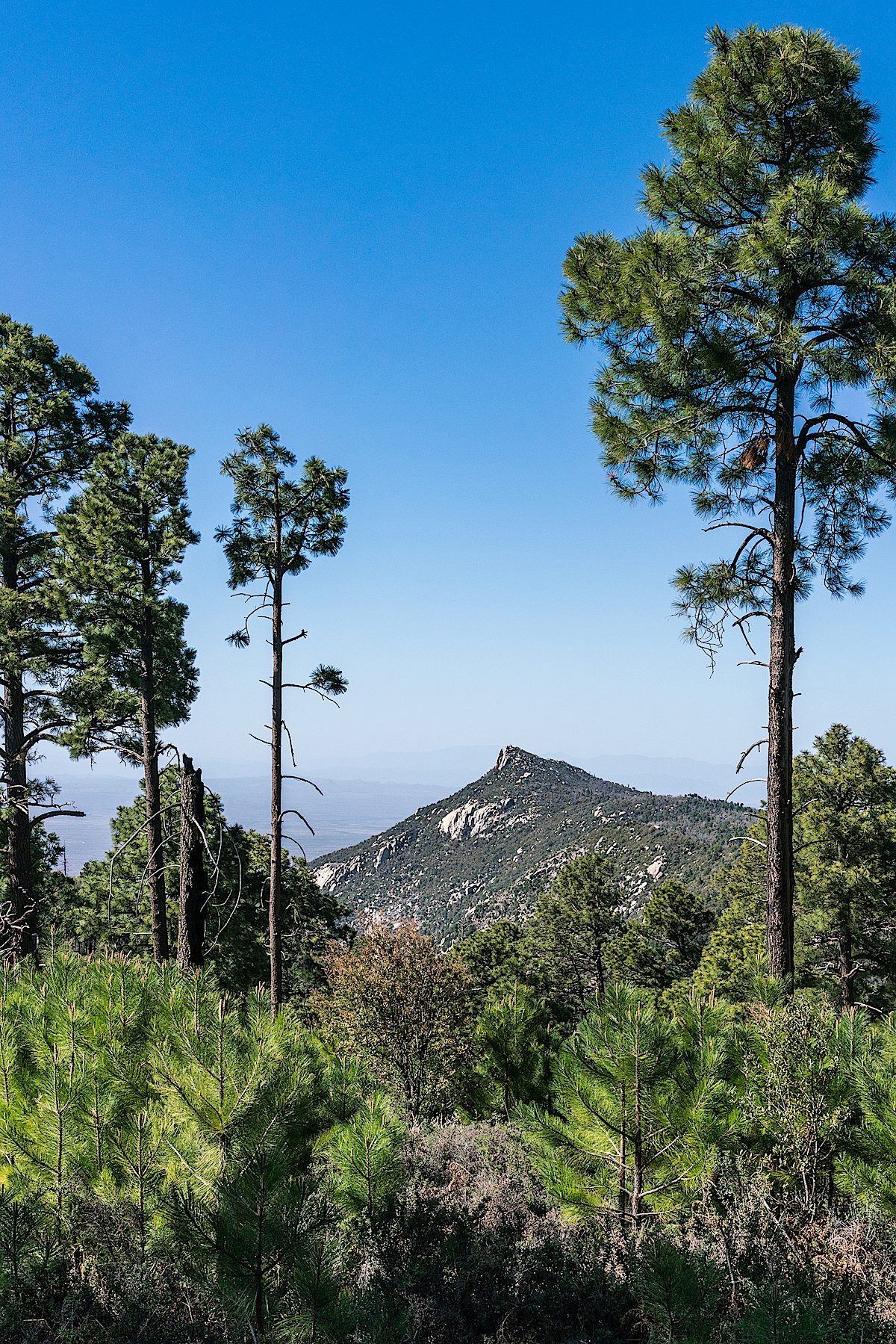
I have been into and by the CDO a number of times over the past few years, but 2013 was the last time I turned down the Samaniego Ridge Trail towards Samaniego Peak – too long! Samaniego Ridge burned in the 2003 Aspen Fire and while it has received attention since then these days it is overgrown and crisscrossed by downed tree – but with some care you can still follow the trail.
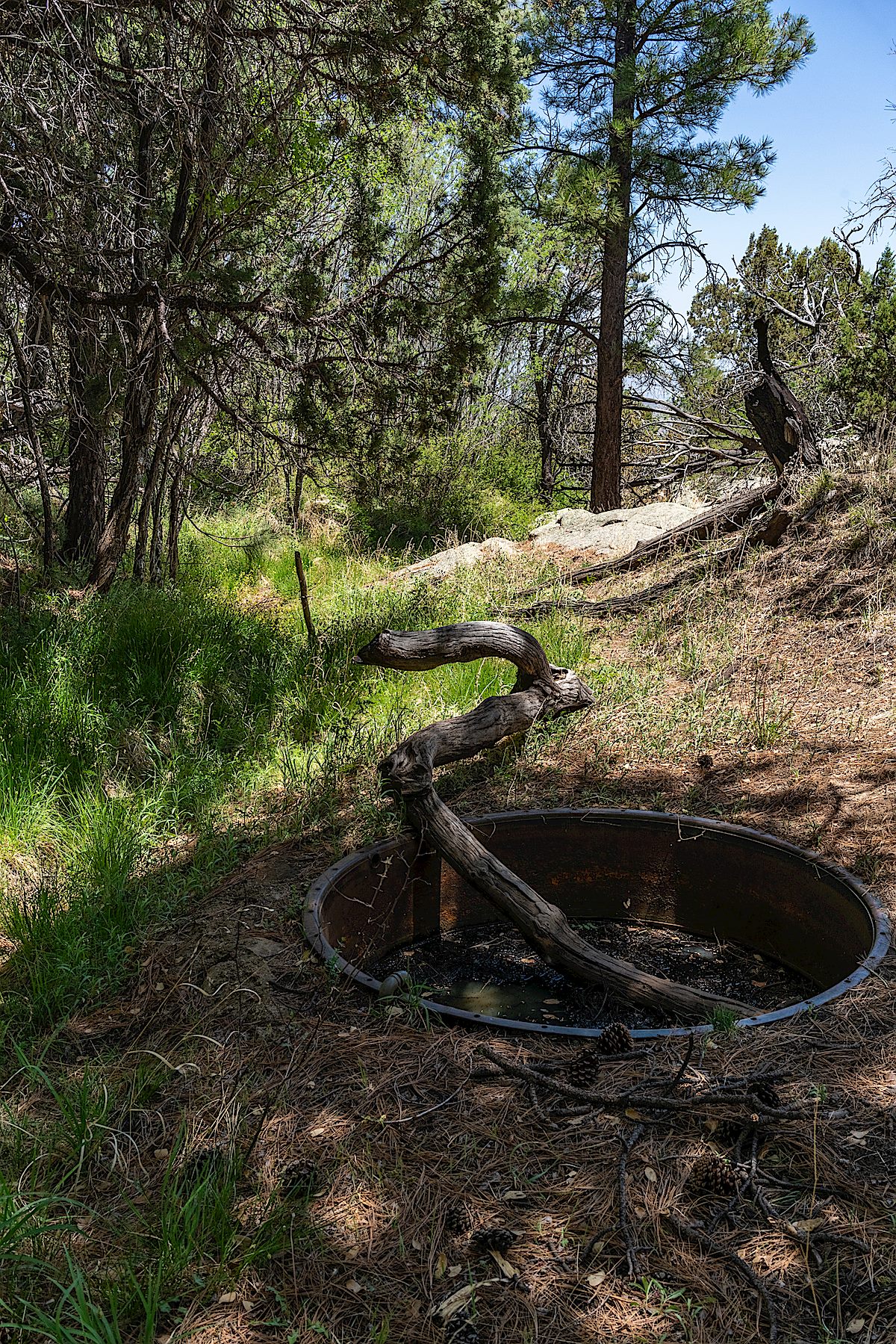
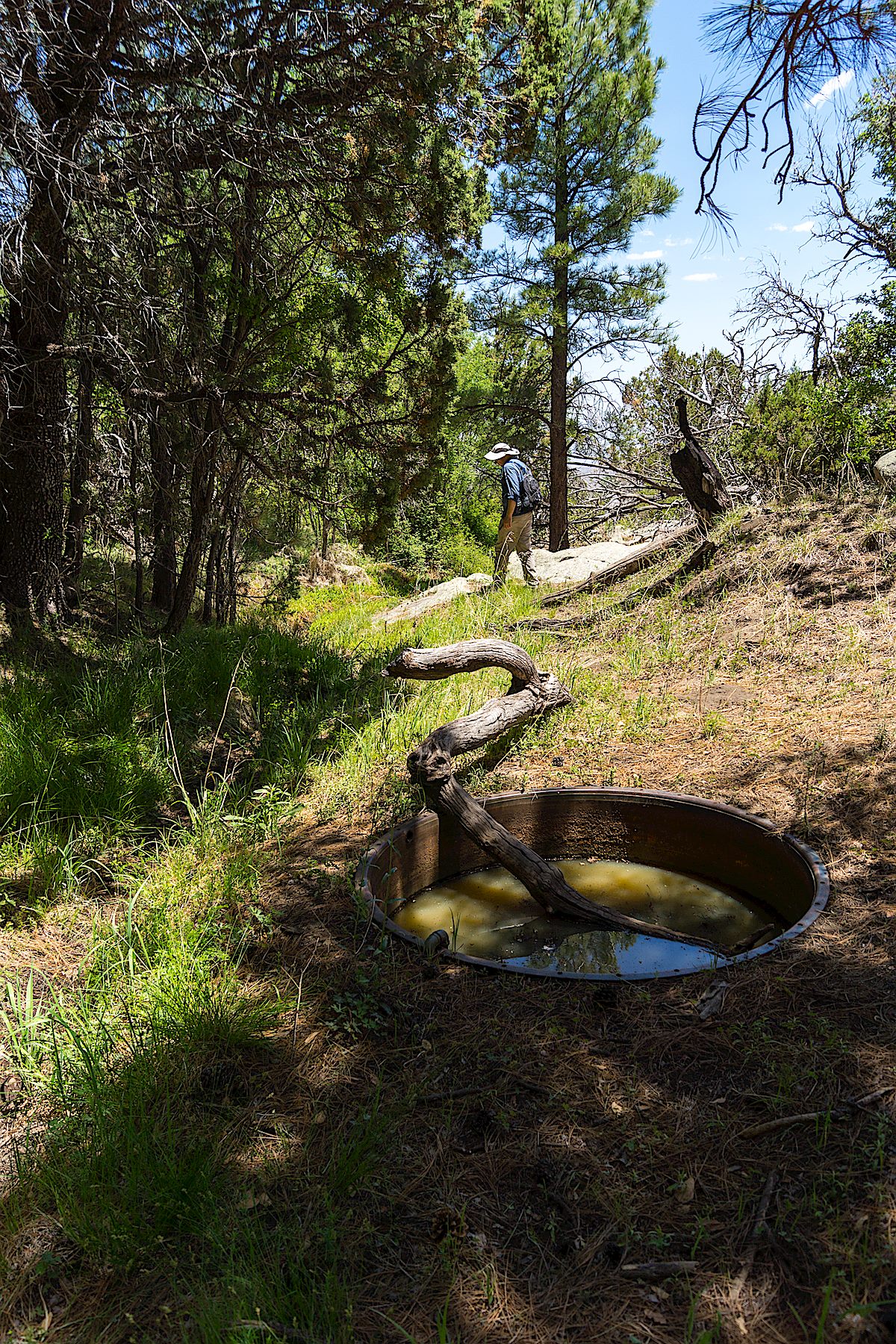
Walnut Spring largely looks the same as it did five years ago – a little less water in the tank and the trees are a bit bigger, but the same log into the tank, still water in the nearby drainage and green grass, and still a great place for a break before heading up to the peak.
In 2013 part of our ‘hike’ to the top was partly spent more-or-less crawling thru the dense post-fire growth – this trip I found a better route and even though the ‘better route’ is overgrown and loose it made getting to the top quite a bit more fun. It is not completely clear comparing my pictures from 2018 and 2013 but my best guess is that the growth on the hill is taller and drier this year.
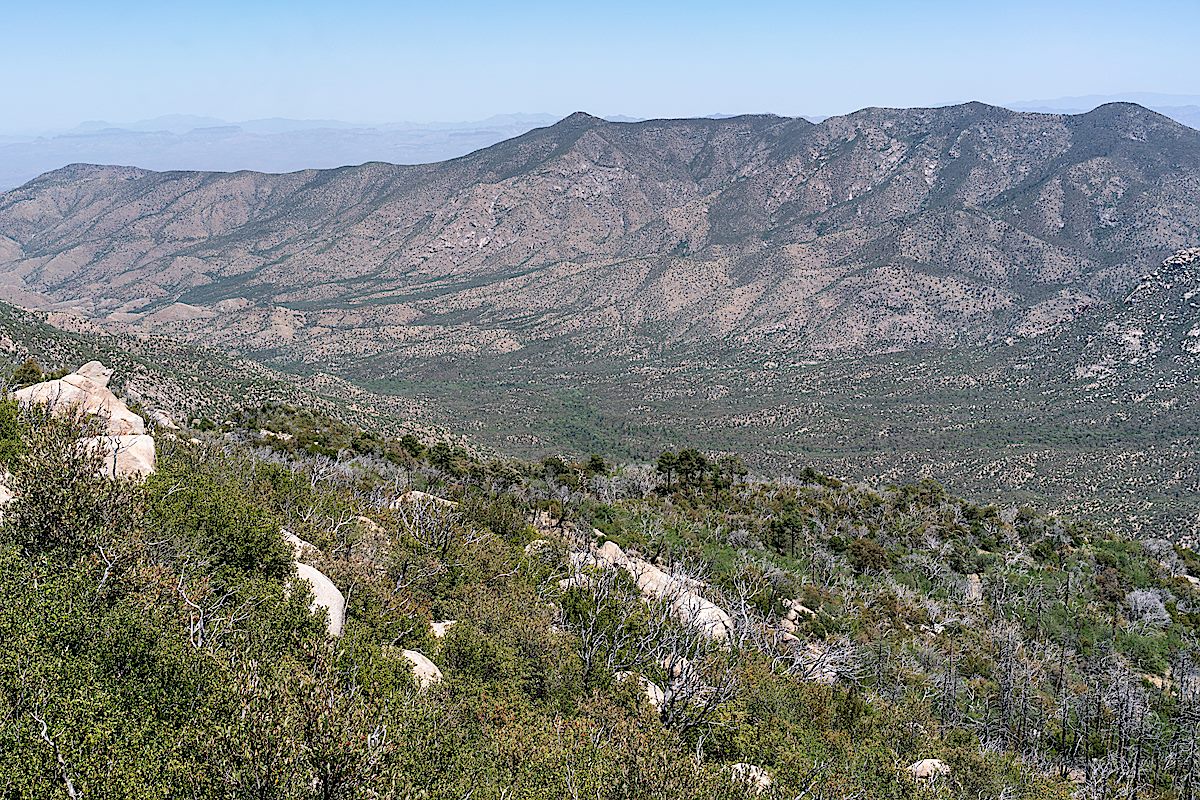
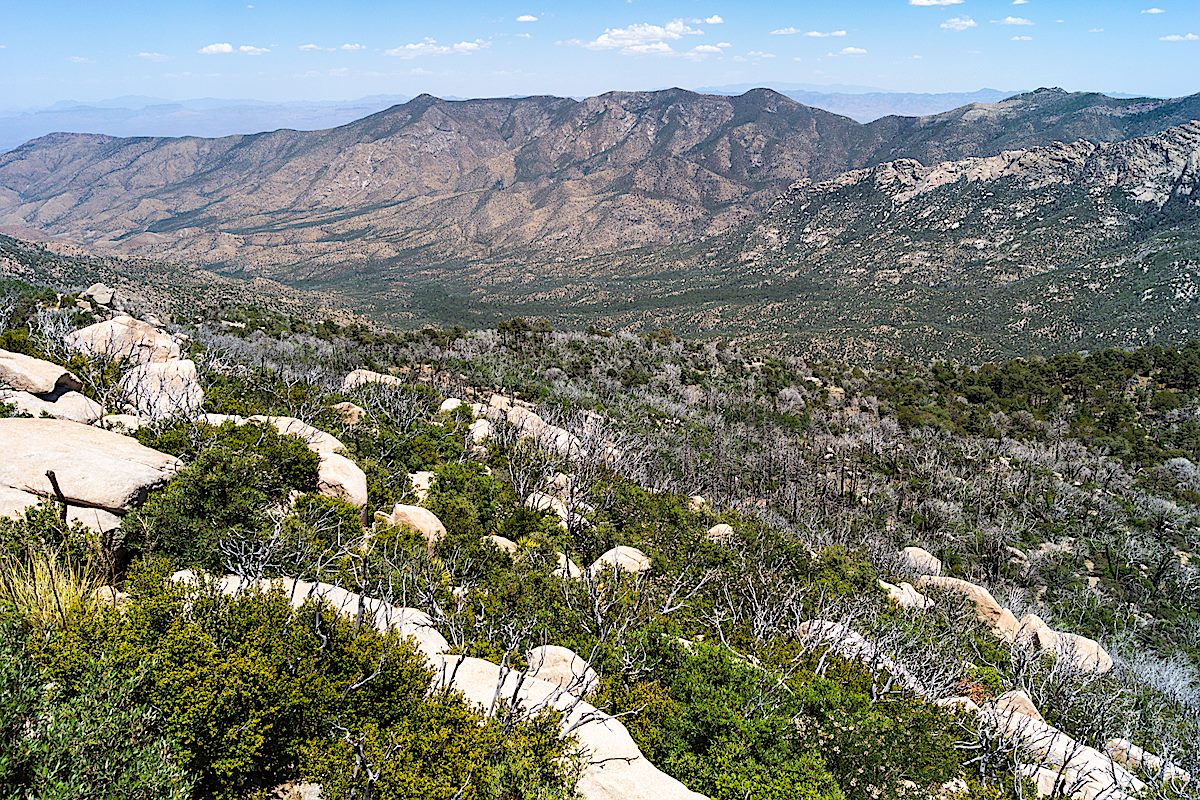
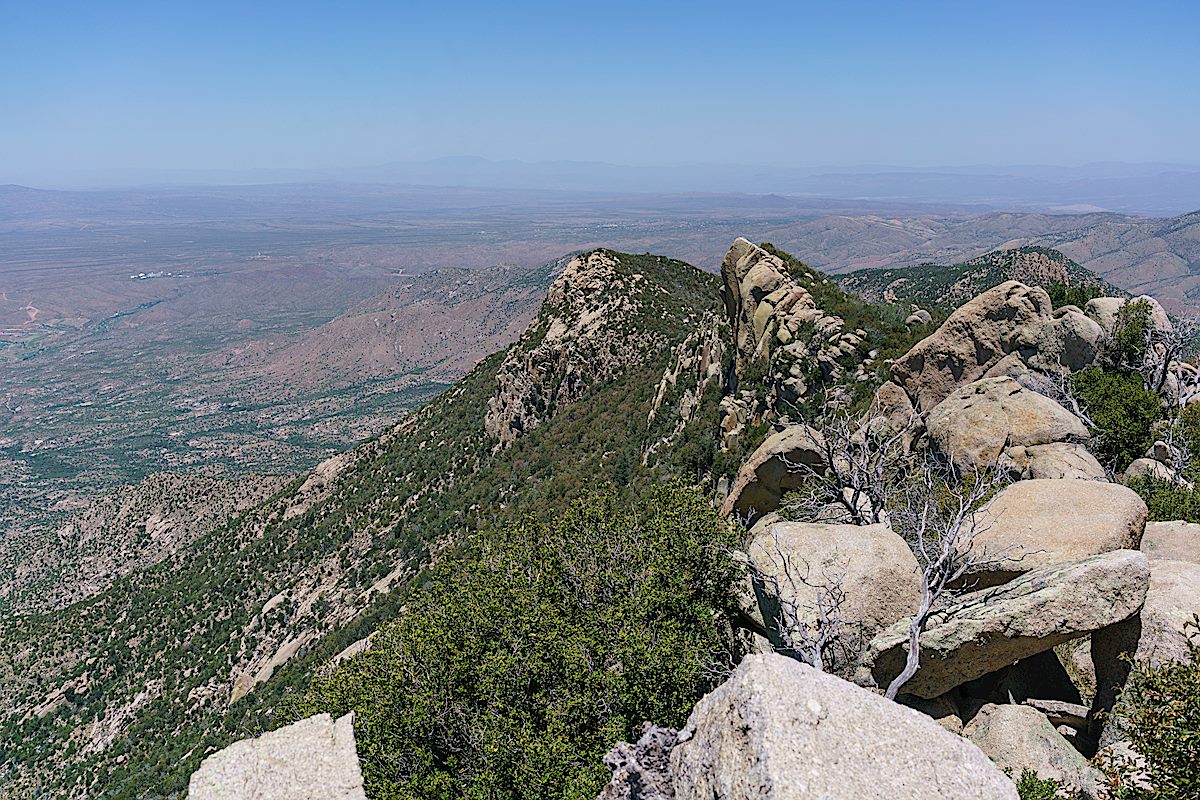
The peak and nearby ridge have fantastic views – along the ridge towards Mule Ears, down into the CDO, over to Oracle Ridge, back up to the top of the mountains and down into Catalina State Park and areas north. After finding some friends in the register it was time to make the long climb back up the mountain!
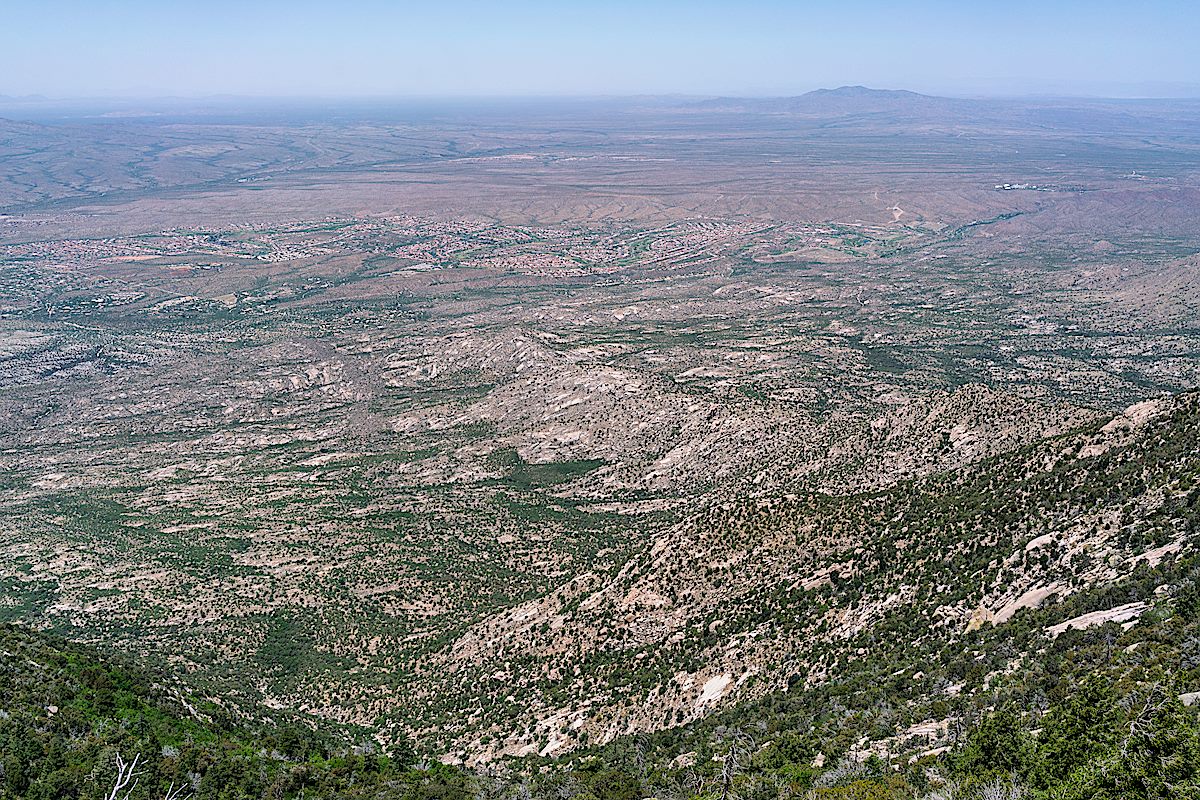
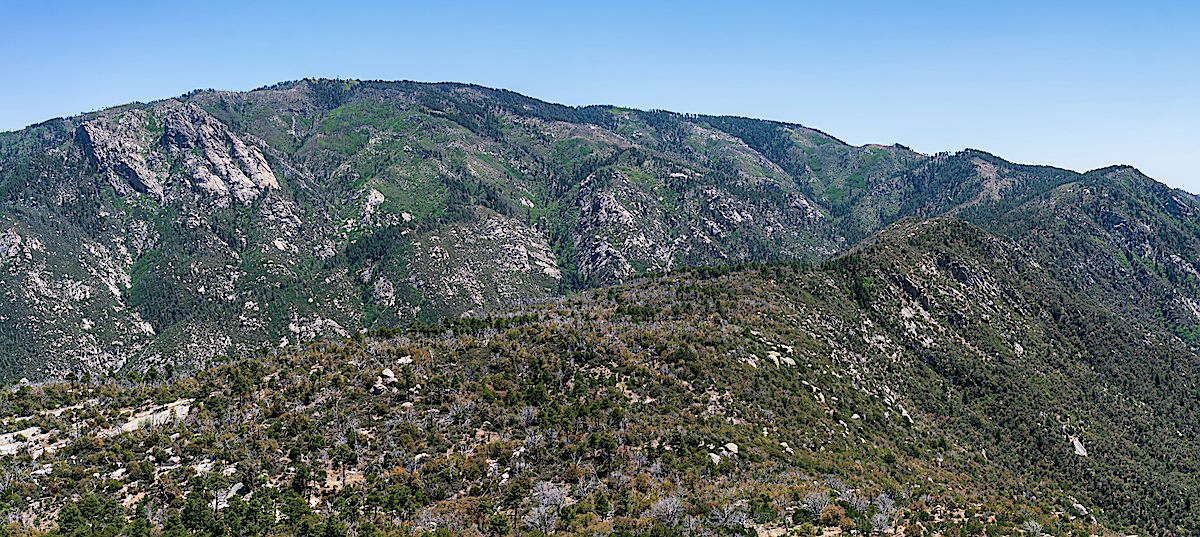
Samaniego Ridge and Peak take their name from Mariano G. Samaniego. Mariano Samaniego was born in Sonora, Mexico, in 1844. After his father’s death in 1850 Mariano’s mother Ysabel moved the family to La Mesilla, New Mexico. Mariano became a US citizen via the Gadsden Purchase in 1853. He graduated from St. Louis University in 1862 and worked briefly for the Texas Rangers as an interpreter for the Confederacy before returning to Mesilla. In 1864 he established a freighting company – a business he would continue into his time in Tucson. In 1867 he married Dona Delores Aguirre, the daughter of his business partner Don Pedro Aguirre. In 1869 the Samaniego family arrived in Tucson and in 1883 established the 1,000 acre Canada del Oro Ranch. The ranch had cattle, goats and farm land irrigated by water from the CDO. Apache attacks were a threat at this time and Samaniego was wounded several times in conflicts with the Apache. During the 1892 drought cattle were moved north to the Rancho de San Francisco in the Red Rock area after well-diggers hired Samaniego, neighbor Pedro Charouleau and brother-in-law Yjinio Aguirre were able to establish a well. After Samaniego’s death in 1907 the ranch was sold to his nephews Don Hinginio and Don Epifanio Aguirre – the ranch was sold again in 1927 and part of the land went to George Wilson for his Linda Vista Ranch.
Samaniego was the first Pima County Assessor, served on the Tucson City Council, Board of Supervisors, Territorial Legislature, University of Arizona Board of Regents and was the president of the Arizona Pioneers Historical Society. From Mexicanos: A History of Mexicans in the United States by Manuel G. Gonzales, p. 96:
Throughout his career, Samaniego sought to protect the rights of fellow Mexicanos, a concern that dominated his public career after the 1880s, when the strength of nativist sentiments began to alarm the Mexicano community. … Waging a tireless campaign to combat negative Mexican stereotypes, he defended the rights of his people to retain their own culture, doing everything possible to promote traditional customs and practices, including Mexican patriotic holidays and fiestas. He also sought to ameliorate the deteriorating economic conditions in the fledgling Mexicano barrios by promoting the organization of mutual-aid associations.
Christmas 2016 – Snow! – 12/25/2016
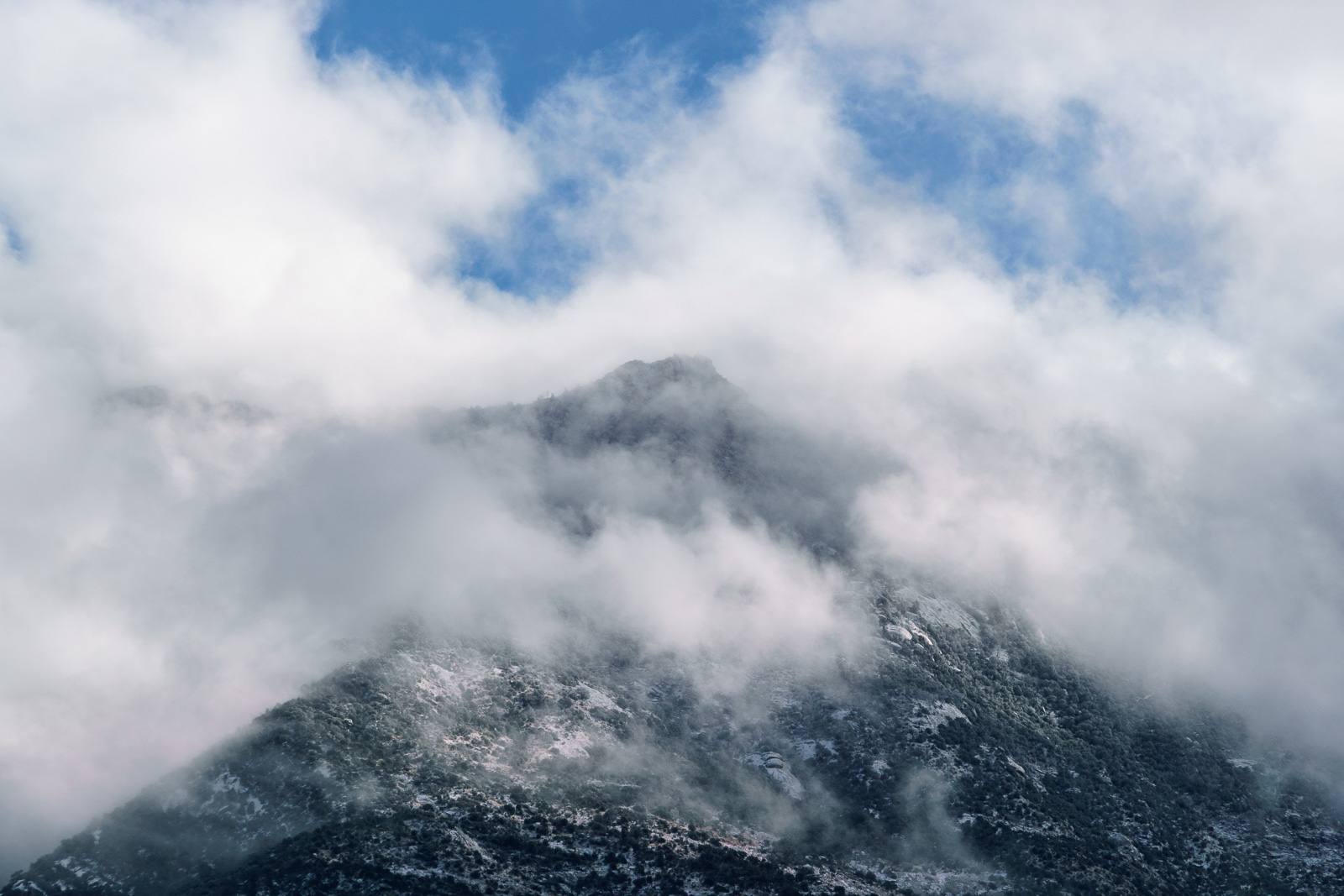
Snow!!! The snow on the mountain was spectacular today – we took photos from Golder Ranch Road and then hiked a few miles up the snowy Oracle Ridge Trail from the Lower Oracle Ridge Trailhead. By the time we turned around the snow was already disappearing – the forecast for the next few days is in the 60s and 70s, higher on the mountain there will be snow to enjoy – but lower on the mountain it is quickly disappearing…
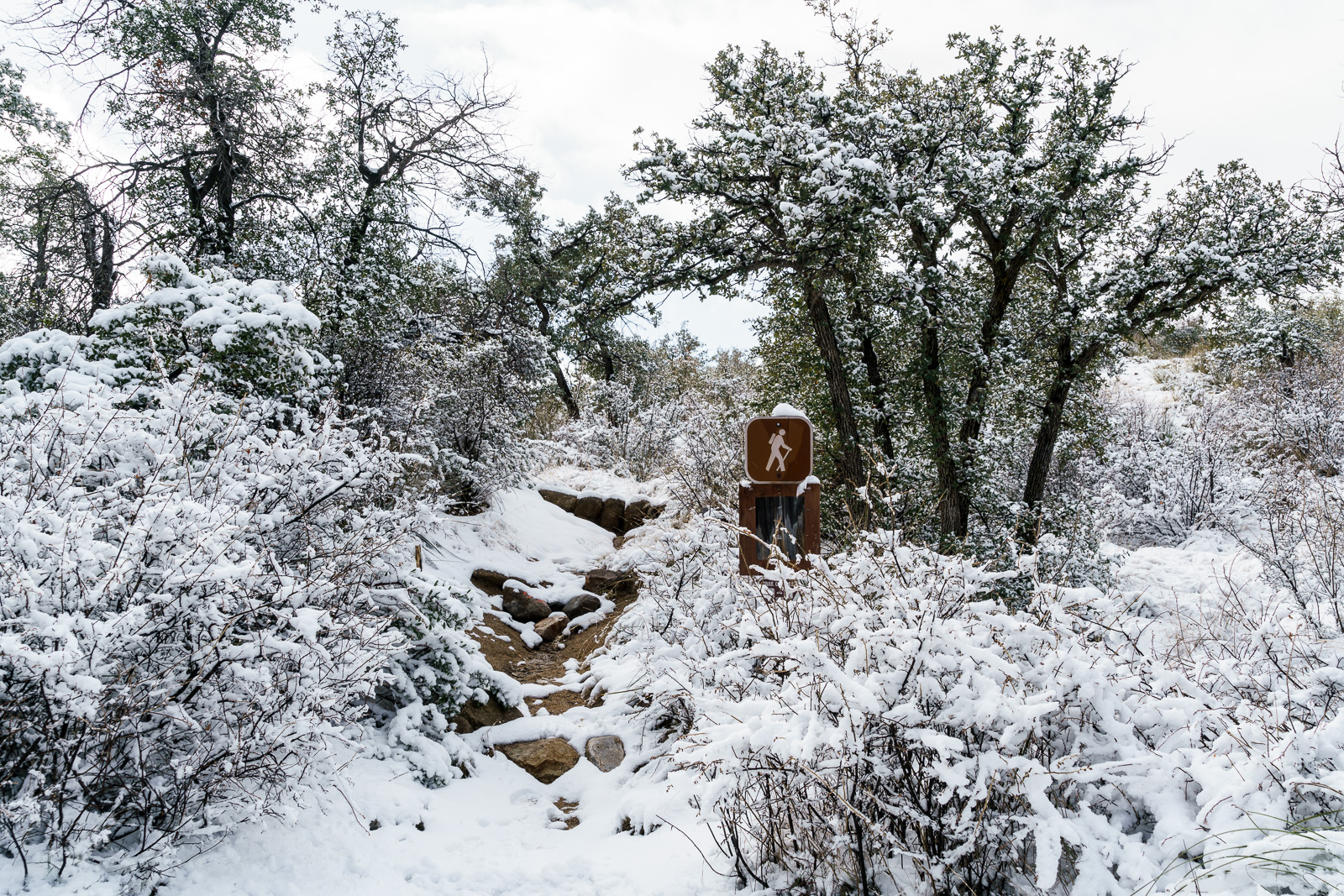
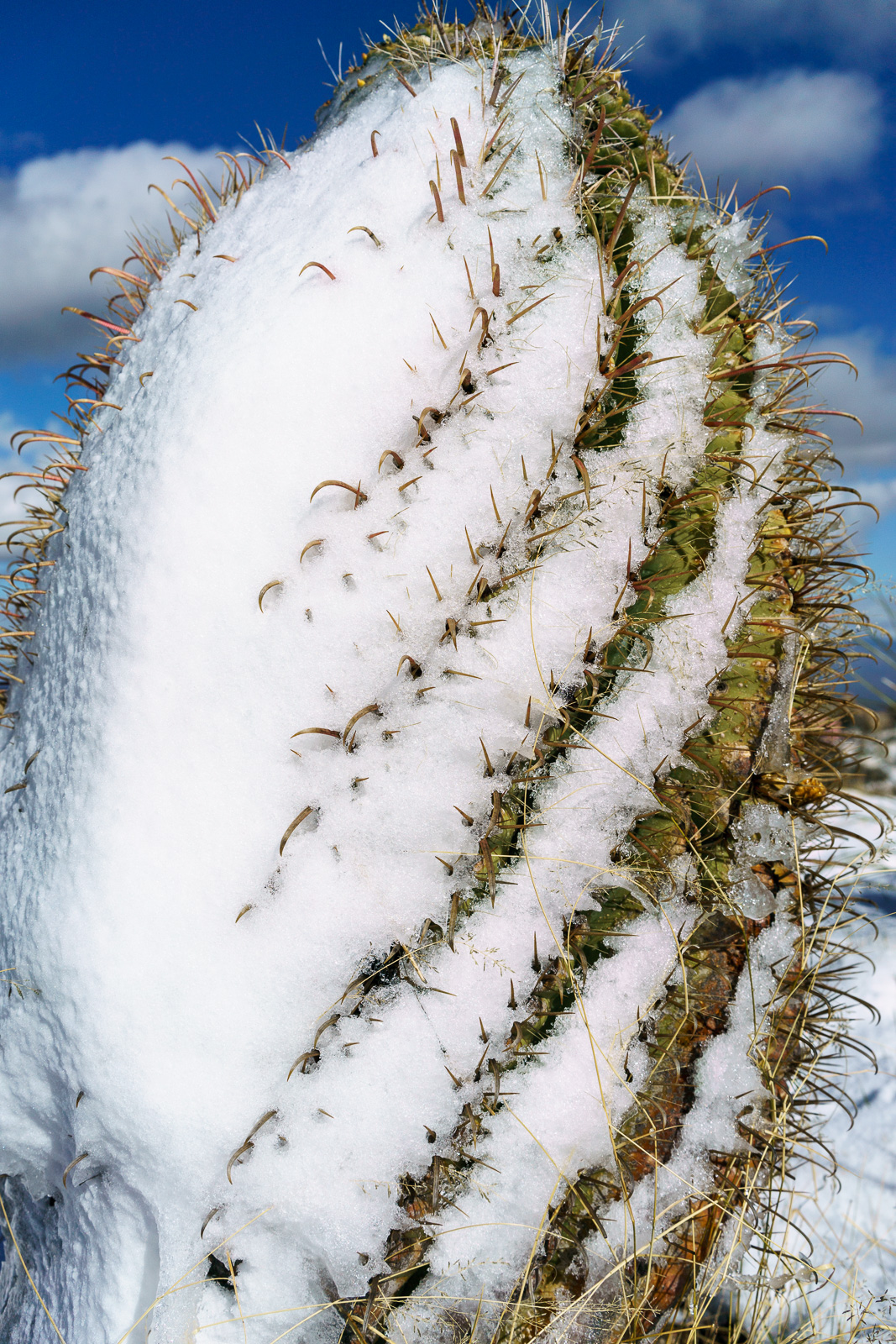
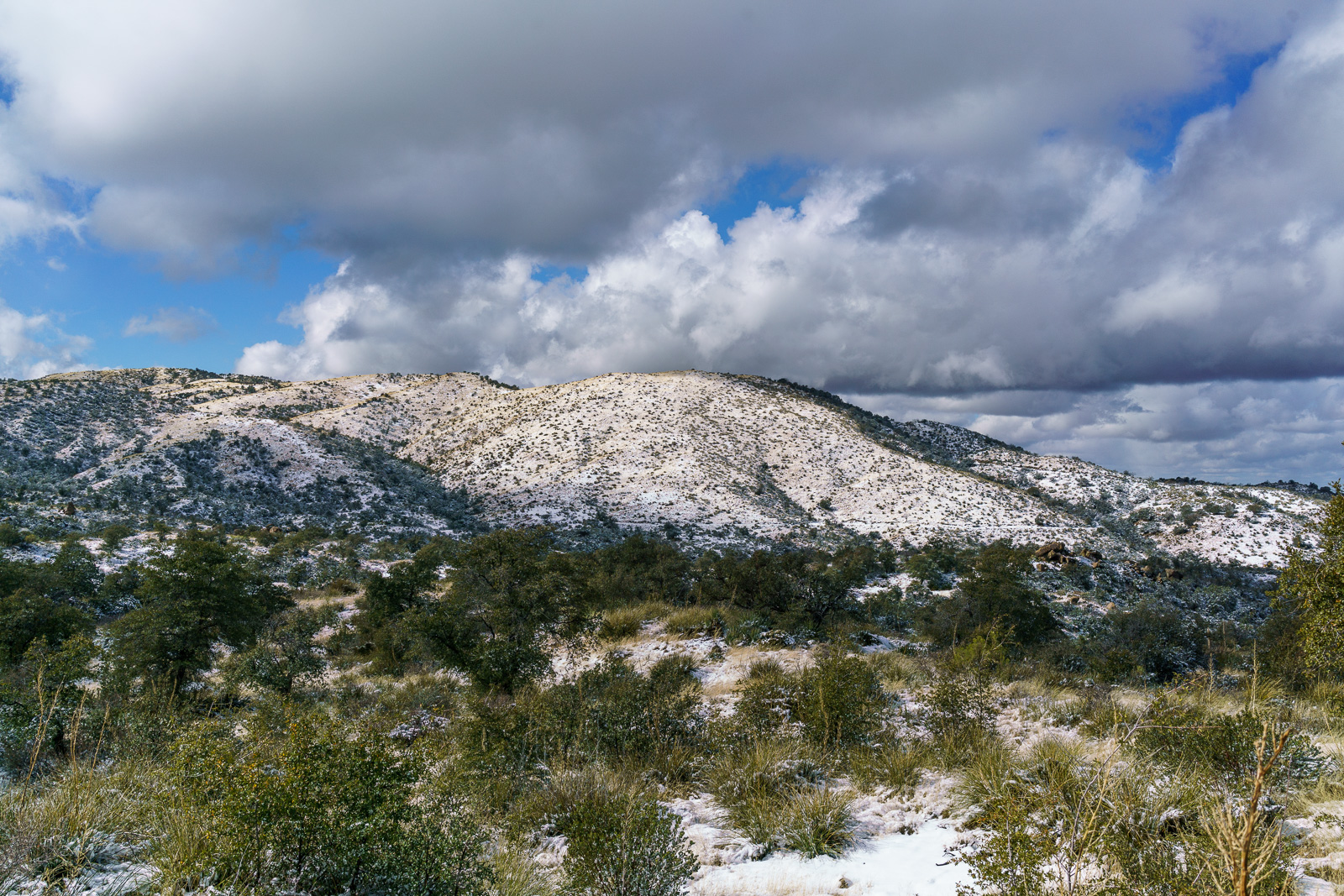
Golder Ranch Sunrise – 7/7/2016

Taking a break on the way north to watch the sunrise from dirt roads near the Golder Ranch Parking Area.

